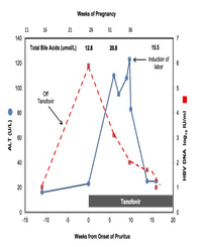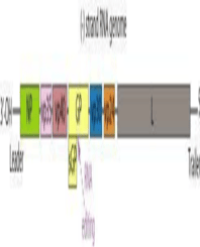
Fungal Viruses: Promising Fundamental Research and Biological Control Agents of Fungi
Fungal viruses (mycoviruses) exist in all major groups of fungi. The primary focus of this review is viruses of filamentous fungi, especially plant pathogens, with emphasis on the molecular characterization of fungus-virus interactions. There are two main hypotheses about the origin of mycoviruses isolated from plant pathogenic fungi. The origin of these mycoviruses may be ancient but they may also have evolved from plant viruses. Many characterized mycoviruses are in unencapsidated dsRNA forms without any coat protein in fungi. Mycoviruses are efficiently spread in two ways, vertically by spore formation and horizontally via hyphal fusion. Replication cycle of RNA mycoviruses doesn’t have the extracellular route of infection under natural conditions. Typically, fungal infections cause no obvious phenotypic alterations. Although the interaction of mycoviruses and their host is largely limited, those aspects including the transcriptional profiling and RNA silencing are of help to understand the co-existence mechanism of virus and fungi. Mycoviruses are potential agents of biological control of important plant pathogenic fungi.
Shuangchao Wang1,2, Marc Ongena2 , Dewen Qiu1 and Lihua Guo1*



